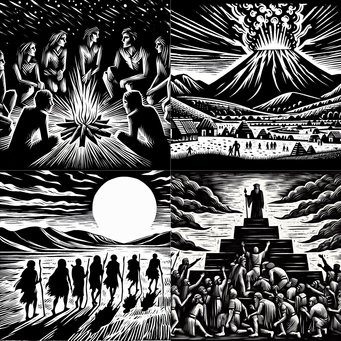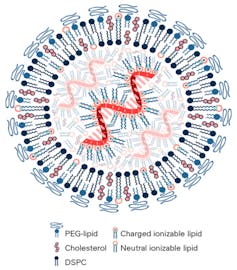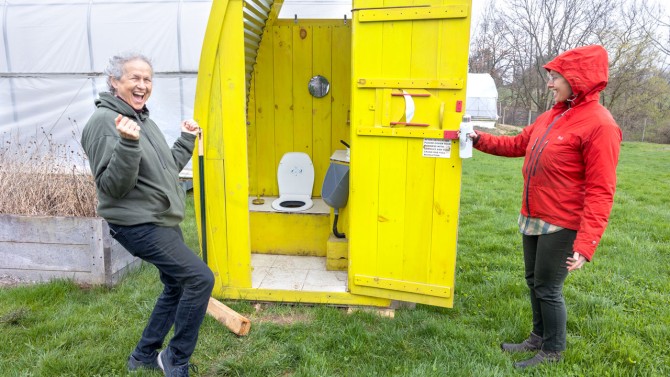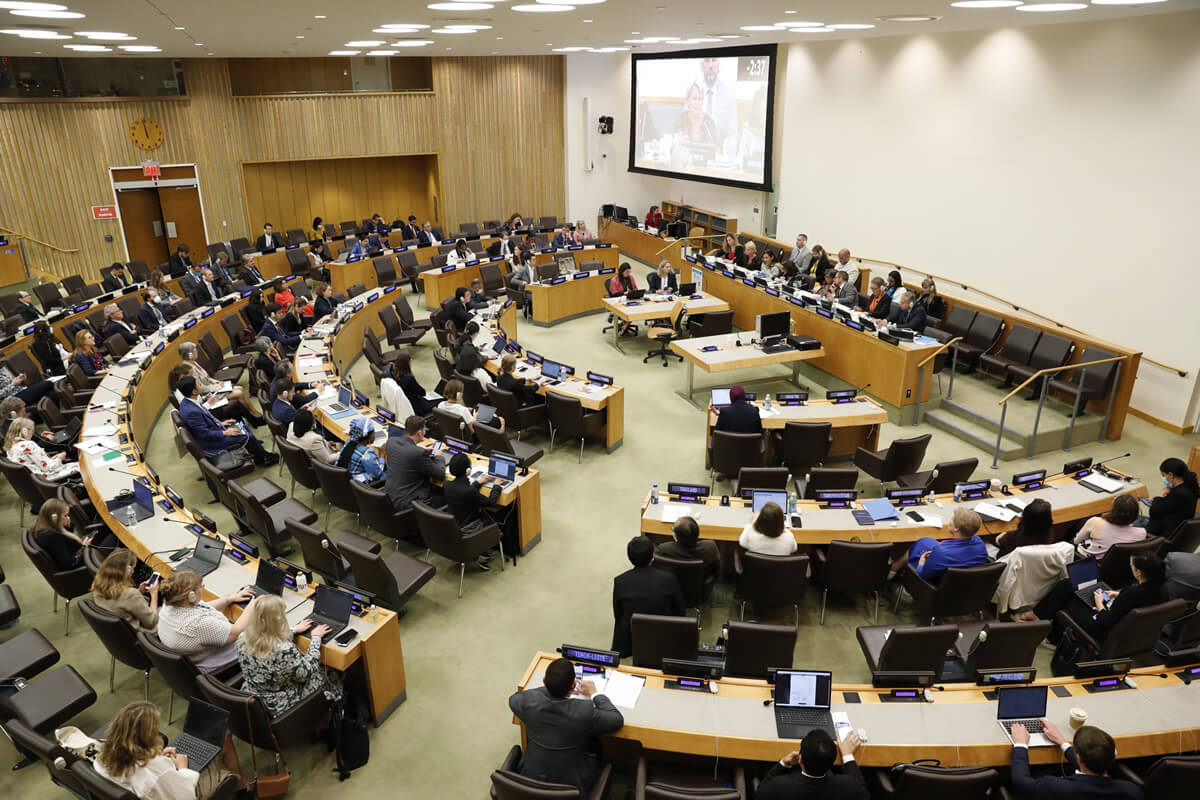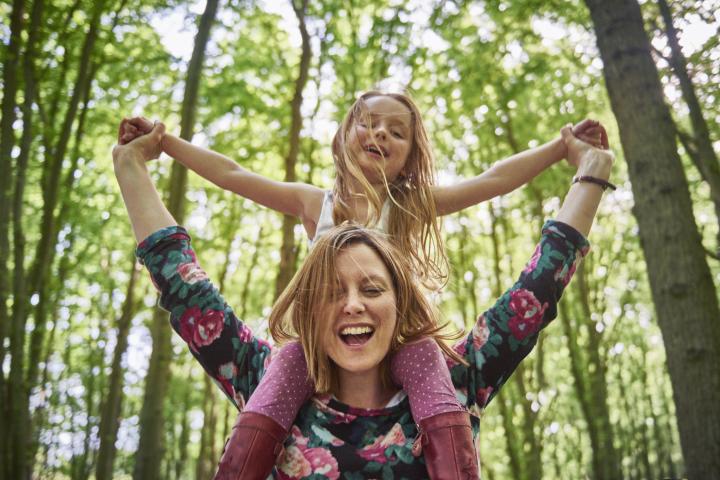DOC Coastal Otago biodiversity ranger Sharyn Broni says the tragic death is the first of its kind at the Pukekura/Taiaroa Head colony, though rangers had feared something like this could happen after other incidents involving plastic rubbish in recent years.
“The parent will have picked up the plastic while foraging at sea and then regurgitated it for the chick, which unfortunately has blocked the digestive system.”
“This heartbreaking incident is a reminder it’s vital to dispose of plastic rubbish carefully. People can also help by picking up litter they see on beaches, near waterways, or out on the ocean. Every piece you pick up could save a seabird’s life.”
Te Poari a Pukekura Chair Nadia Wesley-Smith says every little bit of plastic we discard has an impact on the delicate balance of our environment.
“The devastating death of this albatross chick serves as a poignant reminder our actions, no matter how small, can have profound consequences not only on the mauri of Pukekura and the toroa that live there, but also on the world around us.”
Sharyn Broni says there have been other close calls in recent years, like when a 9 cm long plastic pony toy was found in a chick’s nest in May 2021, which had been regurgitated by a parent. Luckily, the chick didn’t swallow it.
“DOC staff found plastic in almost all the toroa chick regurgitations checked last season. The most common plastics seen were bottlecaps, however items like a plastic syringe were also found.”
“Plastic pollution is a significant threat facing our seabirds like toroa because they can mistake floating plastic for food and eat it. Algae can grow on the plastic making it smell like food and can encourage the birds to eat it. As well as being a risk for chicks, it can also kill adult birds because it sits in the stomach and they can’t digest it, causing dehydration or starvation.”
Dunedin Wildlife Hospital Director Lisa Argilla says vets were distressed plastic was the cause of death of this toroa chick.
“The soft but very tough plastic was discovered at necropsy and had caused an obstruction in the gastrointestinal tract which ultimately led to starvation and organ failure. We echo the call from DOC to please dispose of plastic carefully, even better would be to try to limit how much plastic you use and therefore reduce waste.”
Otago Peninsula Trust Ecotourism Manager Hoani Langsbury says the Royal Albatross Centre, located next to the breeding colony at Pukekura, has been single-use-plastic-free for five years and see it as their responsibility to be educating the public by example.
“We have been providing “Problem with Plastics” education program to students for over a decade. Staff were shocked to learn that plastics caused the death of this chick.”
Toroa, one of the largest seabirds in the world, have a conservation status of “Nationally Vulnerable”. Their threats (other than plastic pollution) include the impacts of climate change on their habitat and food sources, and fishing bycatch. They only return to land to breed, and breed slowly – one chick every two years.
Pukekura/Taiaroa Head is the only mainland colony of northern royal albatross in the world. DOC co-manages the albatross colony as part of Te Poari a Pukekura (the Pukekura Co-management Trust) alongside Te Rūnanga o Ōtākou and Korako Karetai Trust, and Dunedin City Council, with the support of the Otago Peninsula Trust. The colony has grown from one breeding pair in 1937 to more than 60 pairs in 2024.
Anyone who wants to learn more about the species can tune into the round-the-clock livestream Royal Cam, which follows one toroa couple as they raise a chick from egg to fledging. The livestream is a collaboration between DOC and the Cornell Lab of Ornithology.
Last year’s Royal Cam Name the Chick competition asked people to take action to protect albatross from plastic when entering a potential name into the competition.
This season’s Royal Cam chick hatched on 23 January. Its parents, LGL and LGK, previously raised chicks on Royal Cam in 2021 and 2019. (The names are based on the colour of the identifying bands on their legs.)

